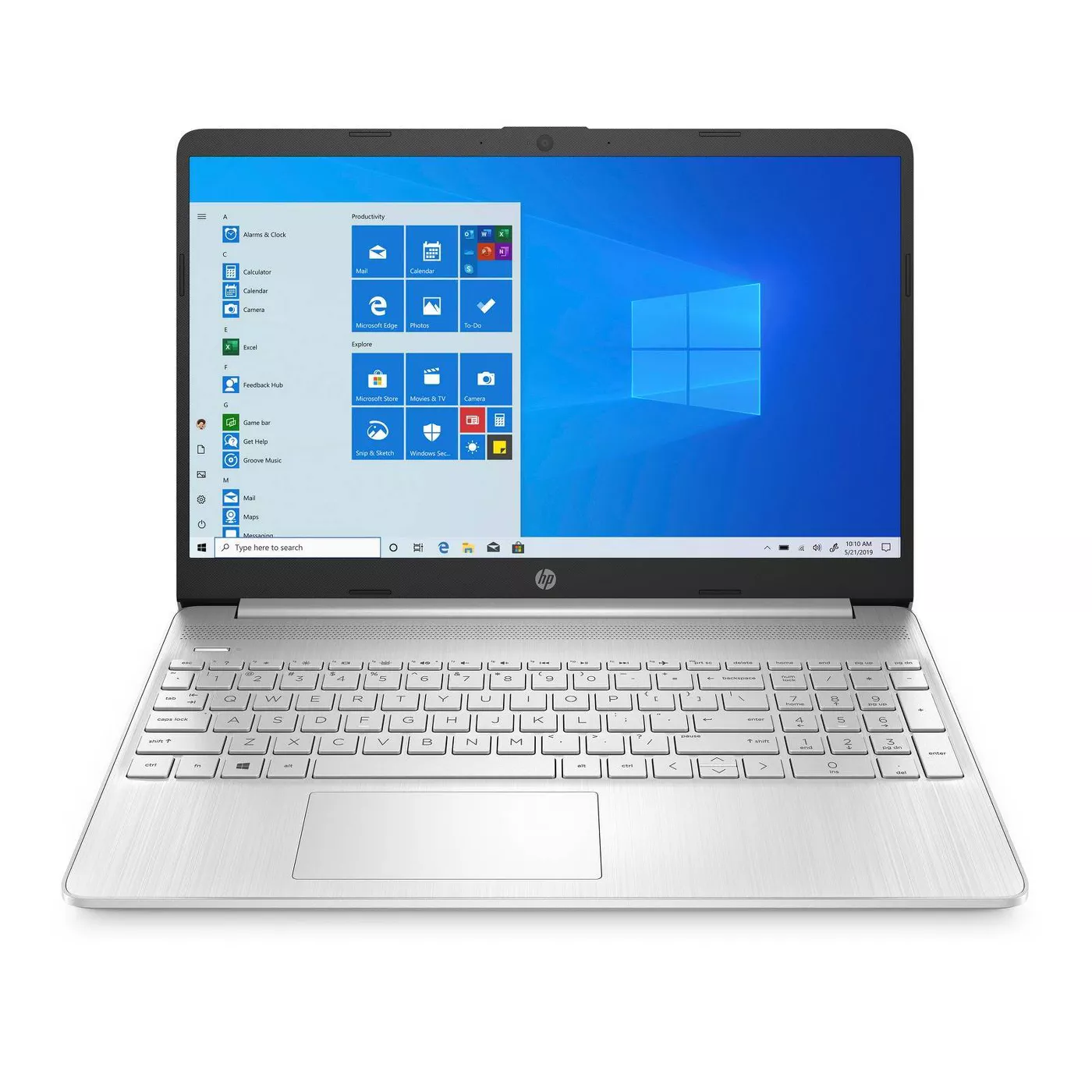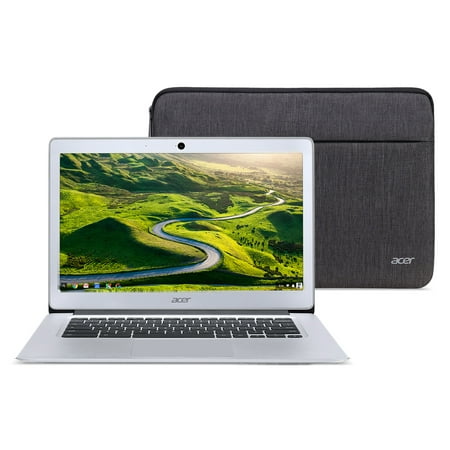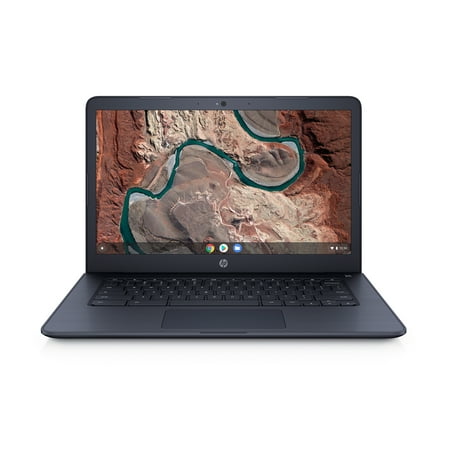HP 15.6″ Touchscreen AMD Athlon 8GB RAM 256GB SSD Laptop with Office 365 764-637
Windows 10 Home. AMD Athlon Mobile Processor with Radeon Graphics. Micro-edge display. 256GB SSD. Full-size island-style backlit keyboard. HP Fast Charge.
HP 15.6″ Touchscreen AMD Athlon 8GB RAM 256GB SSD Laptop w/Office 365Designed for long-lasting performance and productivity, this HP touchscreen laptop helps you speed through tasks and stay connected all day. The expansive 15.6″ display gives you a grand view of your work and play alike. Plus, the 256GB solid state drive provides plenty of lightning fast storage for documents, photos and more.
What You Get
- HP15 Laptop
- Power adapter
- User guide
- Manufacturer’s 1-year limited warranty
Bundled Goodies
- Premium Essentials Elite 2 voucher
- Microsoft Office 365 for 1-year
Windows 10 Home
- Experience the most secure Windows ever built with fast boot times, increased responsiveness, and added protection against phishing and malware
- Do great things confidently with the familiar feel of Windows – only better
Micro-edge display
- The barely visible bezel revolutionizes your display by letting a larger screen fit into a smaller frame
- Revolutionize your display and see more of what you love with this slim bezel design
- Enjoy an immersive multimedia experience with a maximized viewing area
Full-size island-style backlit keyboard
- Work comfortably in darker environments with a full-sized keyboard and integrated numeric pad
AMD Athlon Mobile Processor with Radeon Graphics
- Get more done faster on a reliable laptop that can keep up with your everyday tasks
- Stream movies with extra-long battery life in beautiful, crystal-clear detail
- Whether it’s games or movies, experience high performance for all your entertainment
256GB SSD
- Boot up in seconds, transfer files without waiting hours and enjoy a snappier experience every time you use your PC
HP Fast Charge
- Go from 0 to 50% charge in approximately 45 minutes
Additional information
| Measurements | Approx. 14"L x 9.5"W x .8"H |
|---|---|
| Weight | Approx. 3.8 lbs. |
| Software | VivoPrint Custom Neoprene Sleeve Promo |






by Nomie
I love the response of this laptop no lagging it is fast. Love the touchscreen and the back lite keyboard. That being said the lighted keyboard decided not to work, Ive had it only a week. Trying my best to get it working again. If you need a basic laptop this one is fine. But if you need one with more capabilities in storage and memory then I would opt for something more substantial. Still deciding if its going back or not.
by Stephen
I need a new laptop for work. This has been great. It does what I need to to do. I download tons of RE documents, it goes smooth no lagging or anything. It’s nice for what I need it to do. Touch screen is a nice bonus. I will most likely purchase one for my college student.
by Pearls
it’s fast and I love the backlit keyboard. So far, I would repurchase. Great screen clarity.
by Diva
Great product for the money. Super for watching movies,as well as emails and of course shopping on hsn. Up and running in minutes. Good screen size and lightweight to travel with. Would recommend it to anyone looking for an all rounded easy to use lap top.